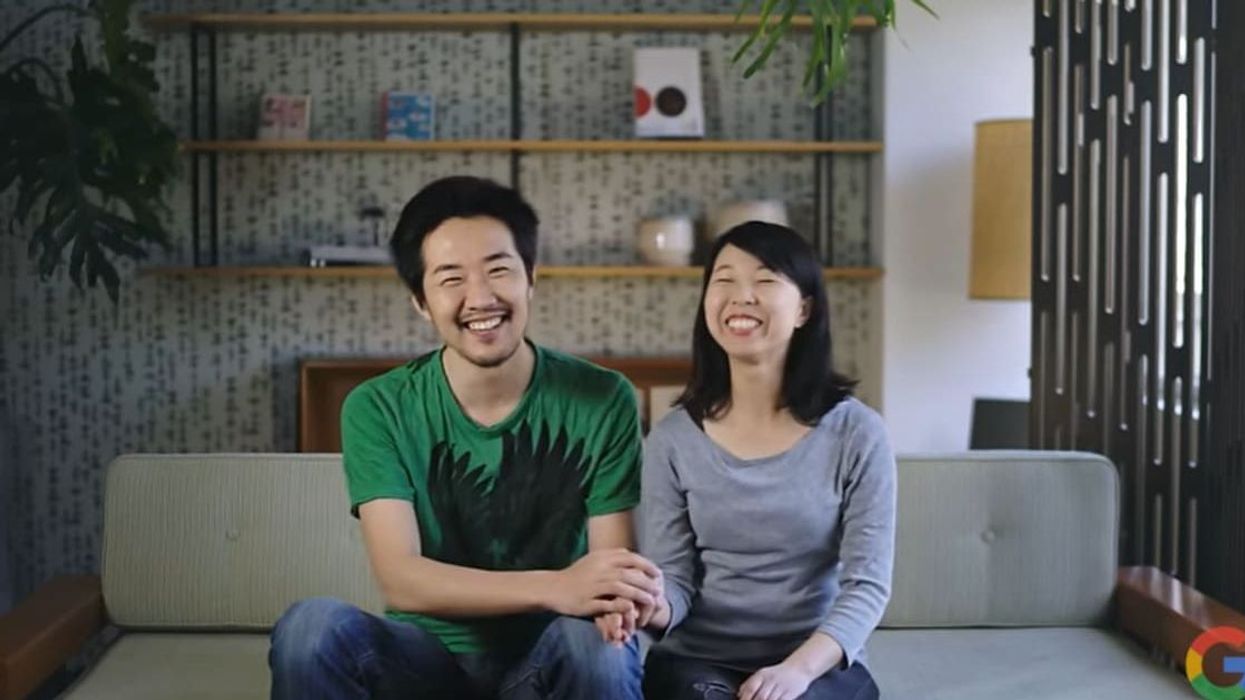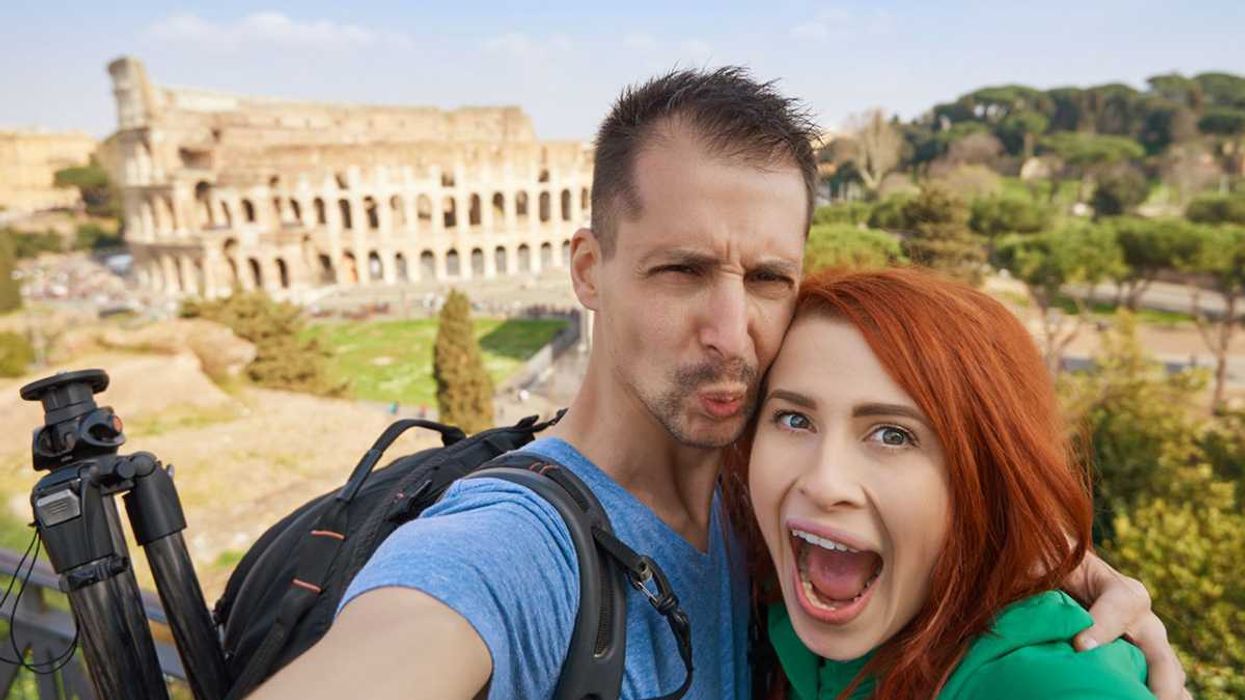For those seeking love in life, there is no particular map. So, Tokyo man Yasushi Takahashi crafted his own map to marry the love of his life. In 2008, he decided to leave his job and venture on a remarkable journey to pop the question to his girlfriend of eight years. He sketched out his avant-garde marriage proposal using a tool called “GPS art.”
According to Google, GPS art is “the art of drawing by traveling,” using one’s feet as the paintbox. To use it, one turns on the GPS tracker while traveling through specific locations. When the journey is complete and the route map is uploaded to a mapping tool like Google Earth, it joins the route one has taken and displays the shape formed out of it.
When Yasushi decided to propose to his girlfriend, Natsuki, using GPS art, he used the tool to create a route that would form the words “Marry me.” With meticulous planning, he kickstarted the journey through the terrains and trails of the Japanese archipelago, across 40 prefectures. Like poets in love, he zipped past the island of Hokkaido in northern Japan to the shores of Kagoshima in the southern side, to stamp his wholesome message on the map of the country.
It took Yasushi six months to complete the trip. In addition to scribbling his proposal on Google Earth, he added a tiny love heart with a cupid’s arrow piercing through it, for which he traveled across the island of Hokkaido. His imaginative drawing attracted the attention of Guinness World Records, and he ended up setting a record for the “largest GPS drawing” in 2010. His voyage spanned a total of 4,451 miles which is over 7,000 kilometres.

His exceptional journey inspired him to start working with GPS art on a full-time basis. At present, Yasushi calls himself “the pioneer of GPS art” on his art website. He has created more than 1400 artworks by traveling over 100,000 kilometers in 24 countries, and his work has also featured in over 3,000 TV shows around the world.
Describing his journey in a Google video, Yasushi said, "I planned the route on Google Earth and then quit my job and left. I hadn't really ever gone outside of Tokyo. I was able to discover all kinds of things that I had only known about in books.” He added that he would camp out in his car after sunset. And even though there was heavy rain, snow, and earthquakes, he never gave up.
“The pain of parting is nothing to the joy of meeting again,” turns out that this quote by Charles Dickens is true, because, after his notable journey, Yasushi's girlfriend said “Yes!”























